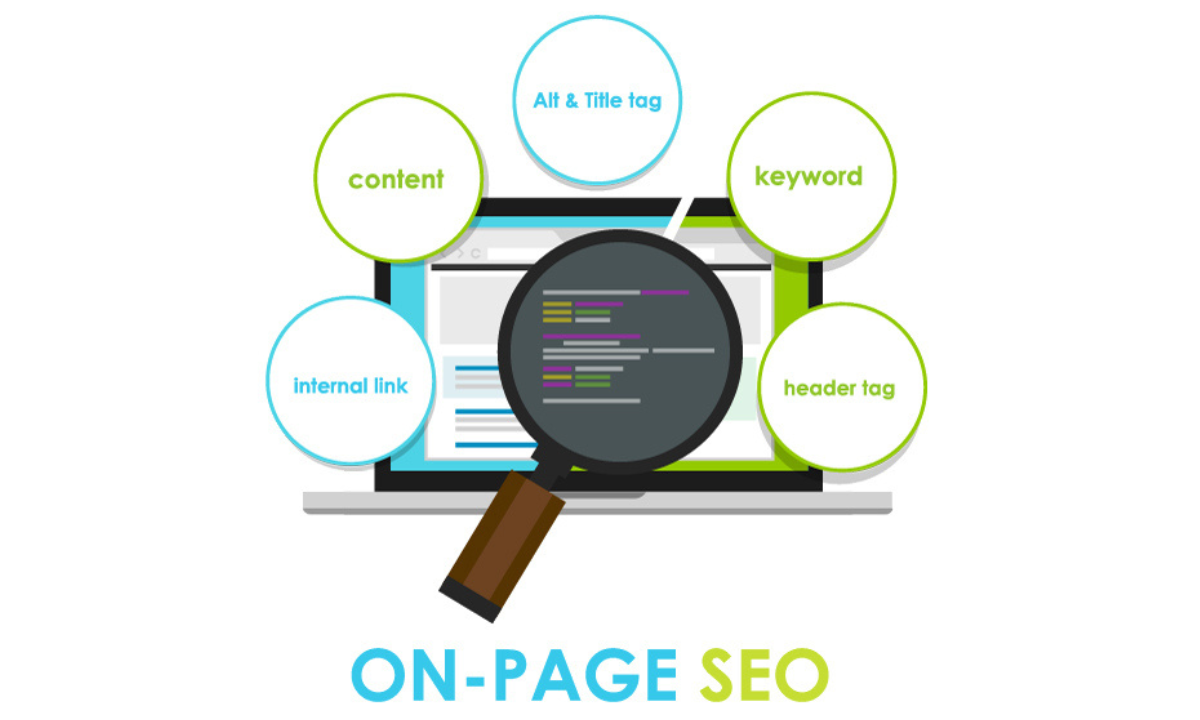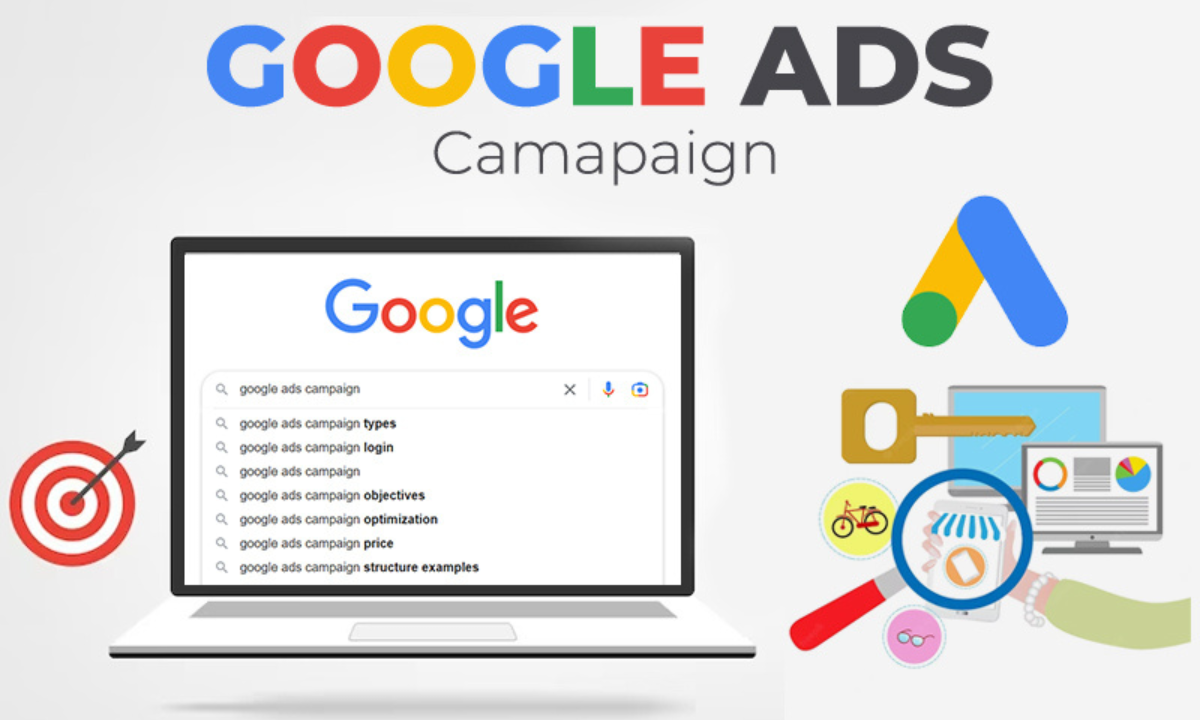Writing a blog post that not only attracts but also engages your target audience can be a transformative skill for achieving your content marketing goals. Here’s a step-by-step guide to help you create compelling blog content that resonates with your readers and enhances your writing prowess.
Choose a Blog Post Topic Idea
Start by deciding on a topic that aligns with your brand and captivates your target audience. To refine your understanding of your readers, develop buyer personas, which will illuminate the types of content they are interested in. You can generate blog ideas through brainstorming sessions, competitor analysis, audience feedback via social media or email surveys, and keyword research. For a data-driven approach, tools like Semrush’s Topic Research can provide invaluable insights.
Perform Keyword Research
Keyword research is essential to discover what people are searching for on search engines like Google. This step is crucial for enhancing your SEO efforts, ensuring your blog post ranks higher in relevant search results. Utilize tools like Semrush’s Keyword Magic Tool to identify relevant keywords and understand their search intent, whether informational, navigational, commercial, or transactional. Blog posts typically perform best with keywords aimed at informational intent.
Create an Outline
A well-structured outline serves as a blueprint for your blog post, streamlining the writing process and ensuring your content is comprehensive. Your outline should include a clear heading structure, the main points under each subheading, target keywords, a suggested word count, notes about your target audience, helpful resources, internal link ideas, and any assets like images or quotes. Analyzing top-performing content on similar topics can guide how to format and differentiate your post.
Write the Body Content
Begin writing the main content, leaving the introduction, conclusion, and headline for later to ensure they accurately reflect your article’s body. Optimize subheadings to clearly indicate the section’s content and incorporate keywords naturally. Start each section with a Bottom Line Up Front (BLUF) to immediately address the topic. Ensure every sentence adds value, avoid fluff, and maintain clear, concise sentences. Enhance readability with short paragraphs, bullet points, and visuals. Incorporate internal links to relevant pages and keep your target reader in mind throughout.
Add an Introduction and Conclusion
Your introduction should succinctly tell readers what to expect from the article. Apply BLUF to keep it direct and engaging. The conclusion should provide a clear call to action, guiding readers on what to do next. Tailor your conclusion based on the content’s context and where readers are in the marketing funnel to avoid being overly salesy.
Write Your Headline
The headline is crucial as it influences how many people will read your content. Ensure it’s descriptive and sets the right expectations. Use engaging techniques like numbers, questions, action verbs, personal angles, controversy, wordplay, urgency, and highlighting benefits to capture attention. Include your primary keyword and wrap it in an H1 tag for SEO purposes.
Review Your First Draft
After completing your first draft, take a break before reviewing it with fresh eyes. This helps in identifying errors and opportunities for improvement. Consider using tools like Grammarly and the Hemingway App for proofreading and enhancing your writing.
Publish Your Blog Post
Once your blog post is polished, publish it through your CMS or schedule it for later. Ensure it’s formatted correctly and add relevant metadata, such as URL slug, title tag, meta description, alt text, and Open Graph tags. Creating a content calendar can help maintain a regular publishing schedule and align with other marketing activities.
Distribute Your Blog Post
Maximize your blog post reach through effective content distribution. Share it via social media, include it in email newsletters, collaborate with influencers, use PPC marketing, engage in email outreach, and consider content syndication. Repurposing your blog post into other formats, like videos, can also expand its reach.
Track Performance Metrics
Monitor key performance metrics to measure your blog post’s success. Use tools like Google Analytics to track views, user engagement, bounce rate, and conversions. Semrush’s Position Tracking tool can help you monitor your blog’s rankings and identify top-performing content. Use these insights to refine your strategy and improve future blog post.
By following these steps, you can create blog content that not only attracts but also deeply engages your target audience, driving more traffic and achieving your content marketing goals.







